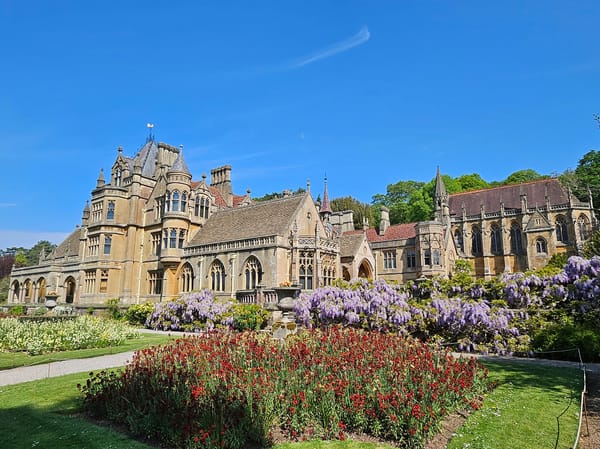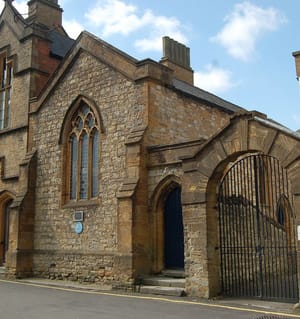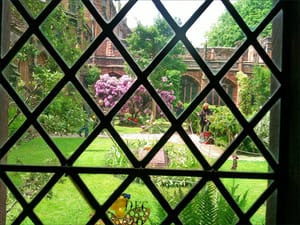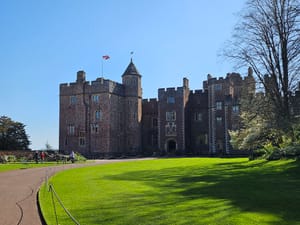Just outside Bristol in North Somerset lies Tyntesfield (pronounced tints-feeld), a Victorian Gothic Revival house surrounded by sweeping parkland and immaculately maintained gardens. Now in the care of the National Trust, this architectural gem tells the story of one family’s remarkable rise to wealth and influence, built on global trade and Victorian ambition.
My wife and I visited it on a hot and sunny May day (May Day, in fact), as we had heard interesting things about this extraordinary house, its Victorian owner and his family in the 19th and 20th centuries.
The estate’s history stretches back more than 500 years. The land had been held by the Tynte baronets from around 1500, but the house as we know it today began life as a more modest Georgian mansion built in the 1830s. That house was purchased in 1844 by William Gibbs (1790–1875), a wealthy English merchant whose fortune would shape the destiny of Tyntesfield for generations.
The Origins of Wealth
Born in Madrid, Gibbs was educated both in Spain and England, and spoke Spanish and English fluently, a skill that proved useful in his business ventures in South America.
Gibbs made his immense wealth from the guano trade – a highly sought-after fertiliser derived from the droppings of seabirds, particularly abundant on islands off the coast of Peru. As senior partner in Antony Gibbs & Sons, a family trading firm, William Gibbs oversaw the company’s lucrative dealings with South America and Spain.
The firm became the sole British importer of Peruvian guano by the mid-19th century. While it revolutionised European agriculture and brought the company enormous profits, the trade was not without controversy. Concerns were raised about the exploitation of labour – especially indentured Chinese labourers working in slavery-like conditions – and the environmental costs of guano extraction.
In Victorian Britain, guano was seen as a miracle fertiliser, and Gibbs's success was widely admired. But by the 1870s, there was a shift to nitrates for fertilisers, by which time Peruvian guano was greatly depleted.
Gothic Transformation
With his newfound wealth, William Gibbs set about transforming Tyntesfield into a grand family home reflecting his status and religious values. In the 1860s, he commissioned architect John Norton to remodel the existing Georgian house in the High Victorian Gothic style, then at the height of fashion.
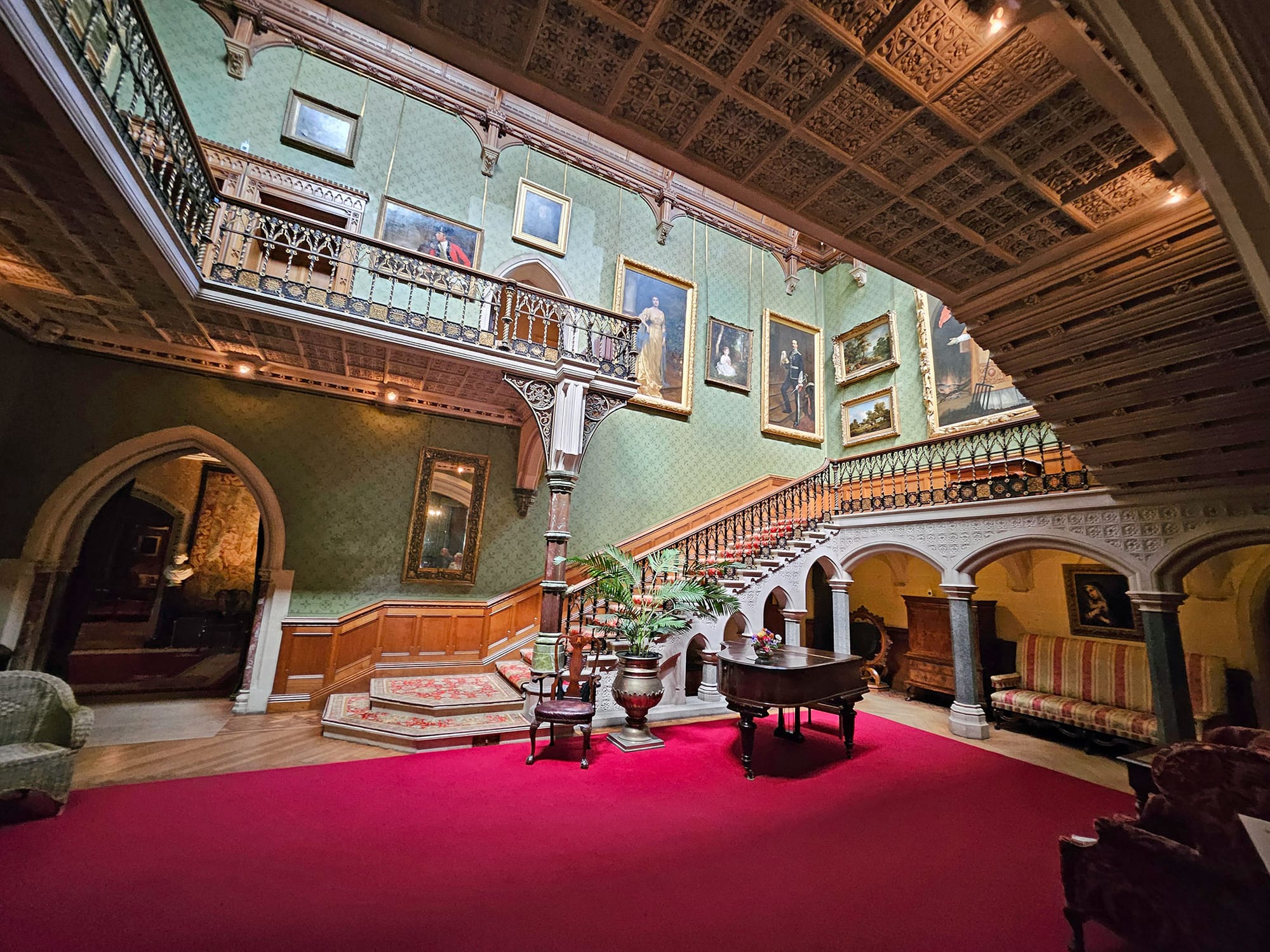
The result was a dramatic reimagining: asymmetrical facades, steeply pitched roofs, ornate stonework, and lavish interiors rich in carved wood, stained glass, and ecclesiastical motifs.
The interiors also house an exceptional collection of Victorian decorative arts. The Gibbs family filled Tyntesfield with fine furniture, textiles, ceramics, and paintings, much of it tied to their religious sensibilities and social standing. The collection, preserved remarkably intact, includes rare books, intricate carvings, and personal items reflecting the family's intellectual and cultural pursuits.
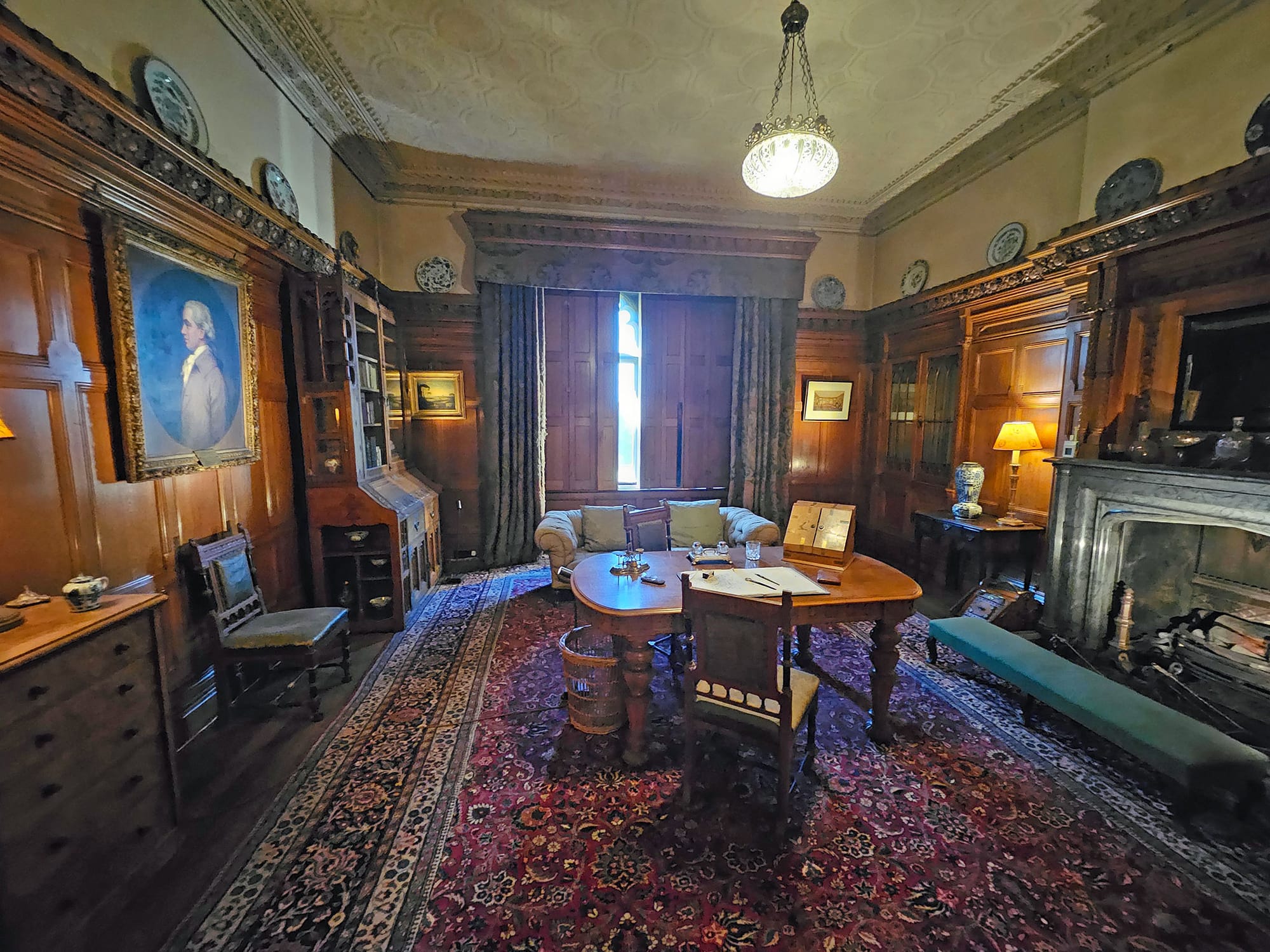
Among the most striking features are the detailed Gothic-style fittings and an extensive library, underscoring the role of the house not just as a residence, but as a sanctuary of faith, learning, and status.
Gibbs was a devout Anglican and supporter of the Oxford Movement, which sought to reintroduce traditional Catholic elements into the Church of England. This religious commitment is evident throughout Tyntesfield, most notably in the private family chapel added in the 1870s, which rivals small parish churches in both scale and splendour.
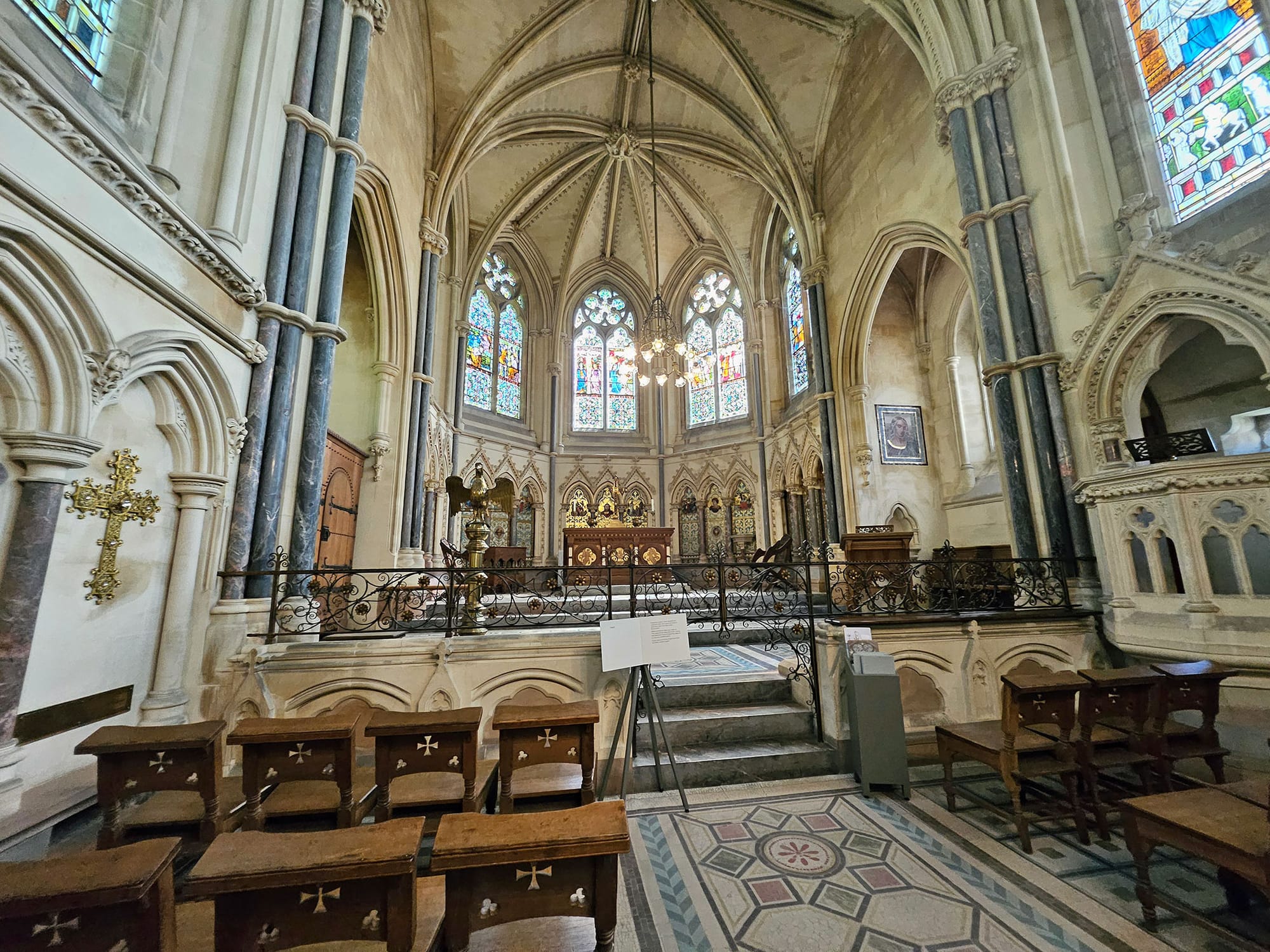
The chapel was completed after William's death, but it fully realised his vision of a home that combined faith, family, and fortune.
Formal Gardens and Natural Beauty
The Gibbs family continued to reside at Tyntesfield for more than a century. Successive generations enhanced the house and gardens, which evolved into an extensive and carefully curated landscape blending formal gardens, woodland, and productive areas.
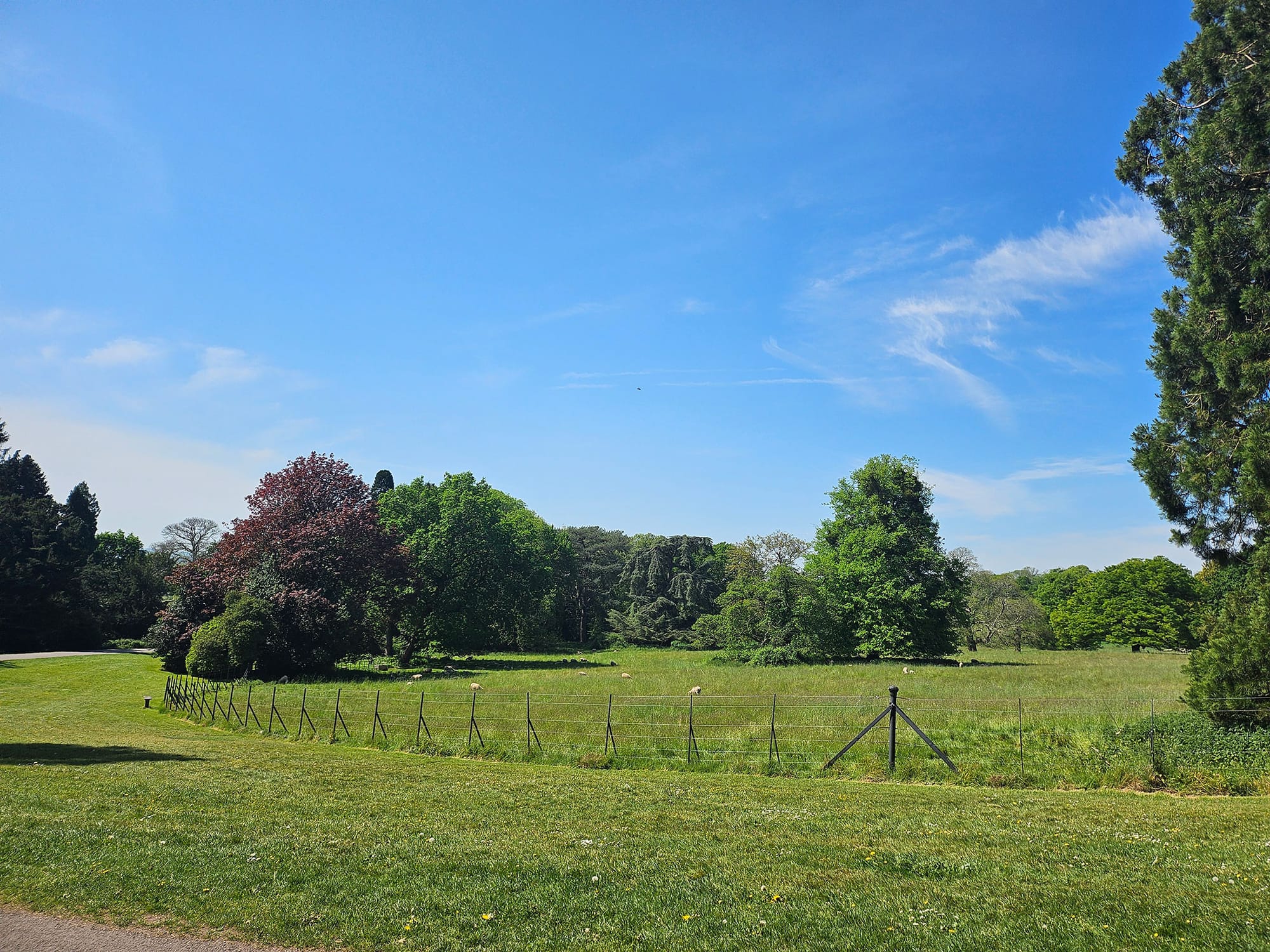
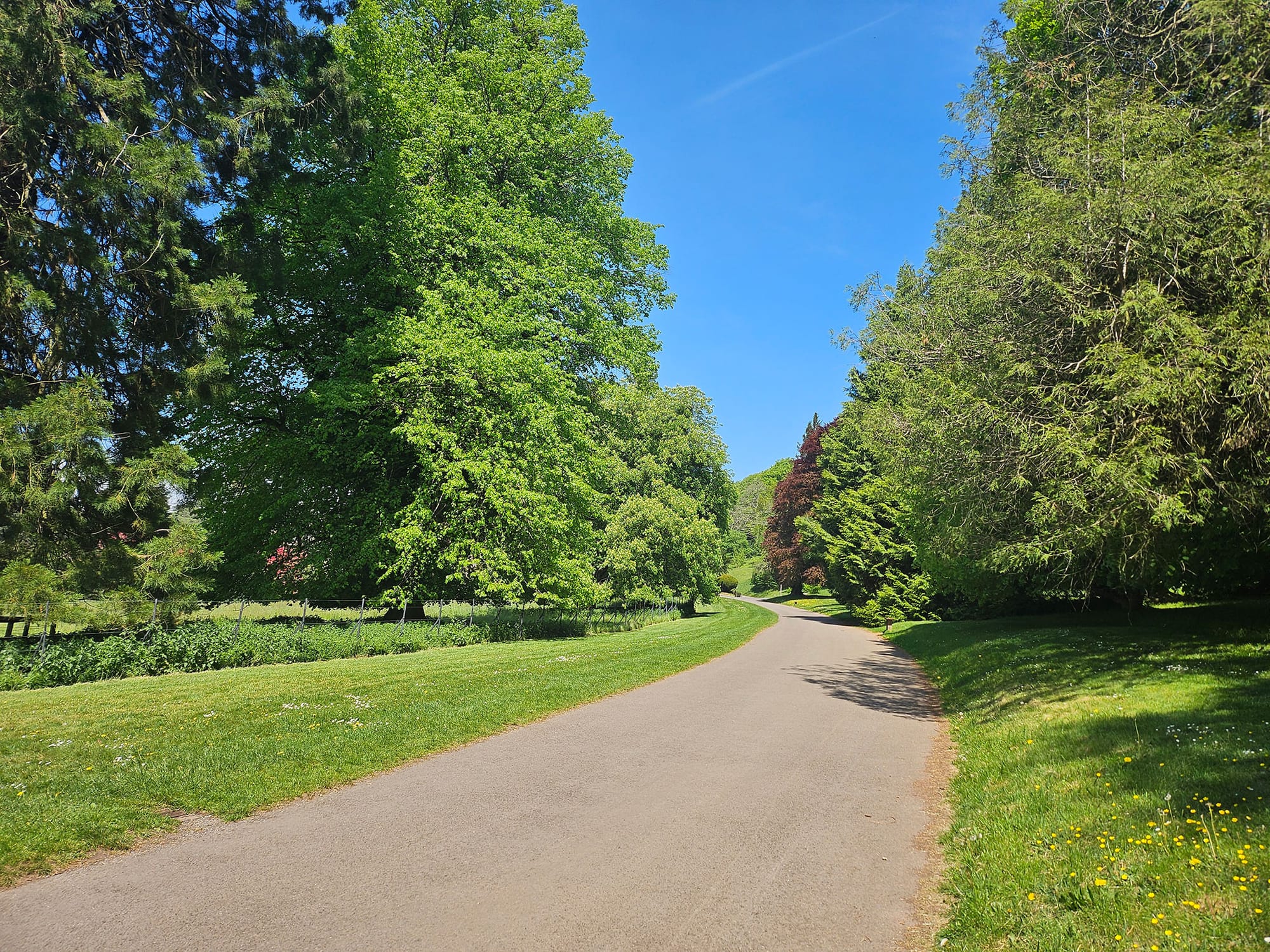
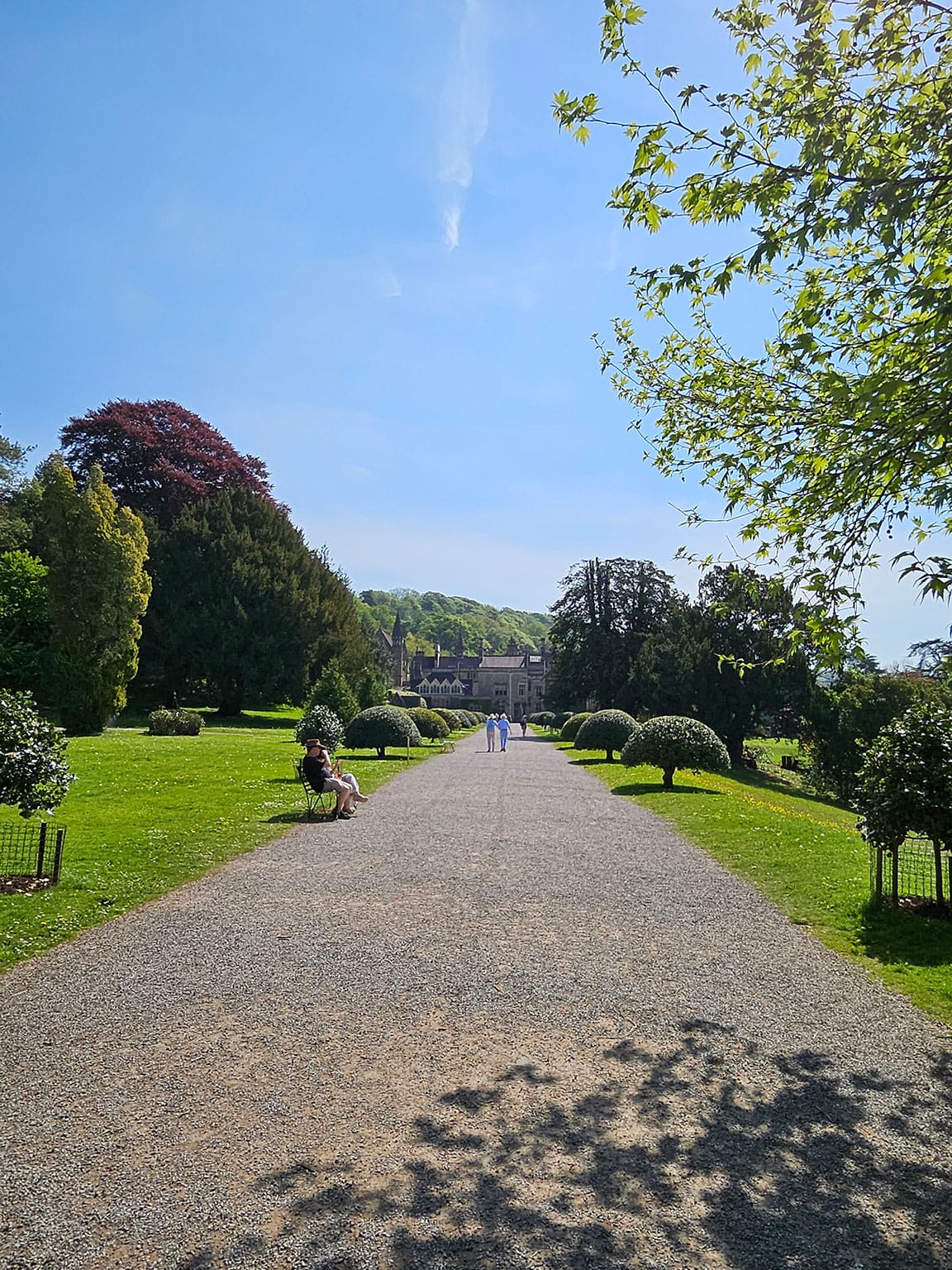
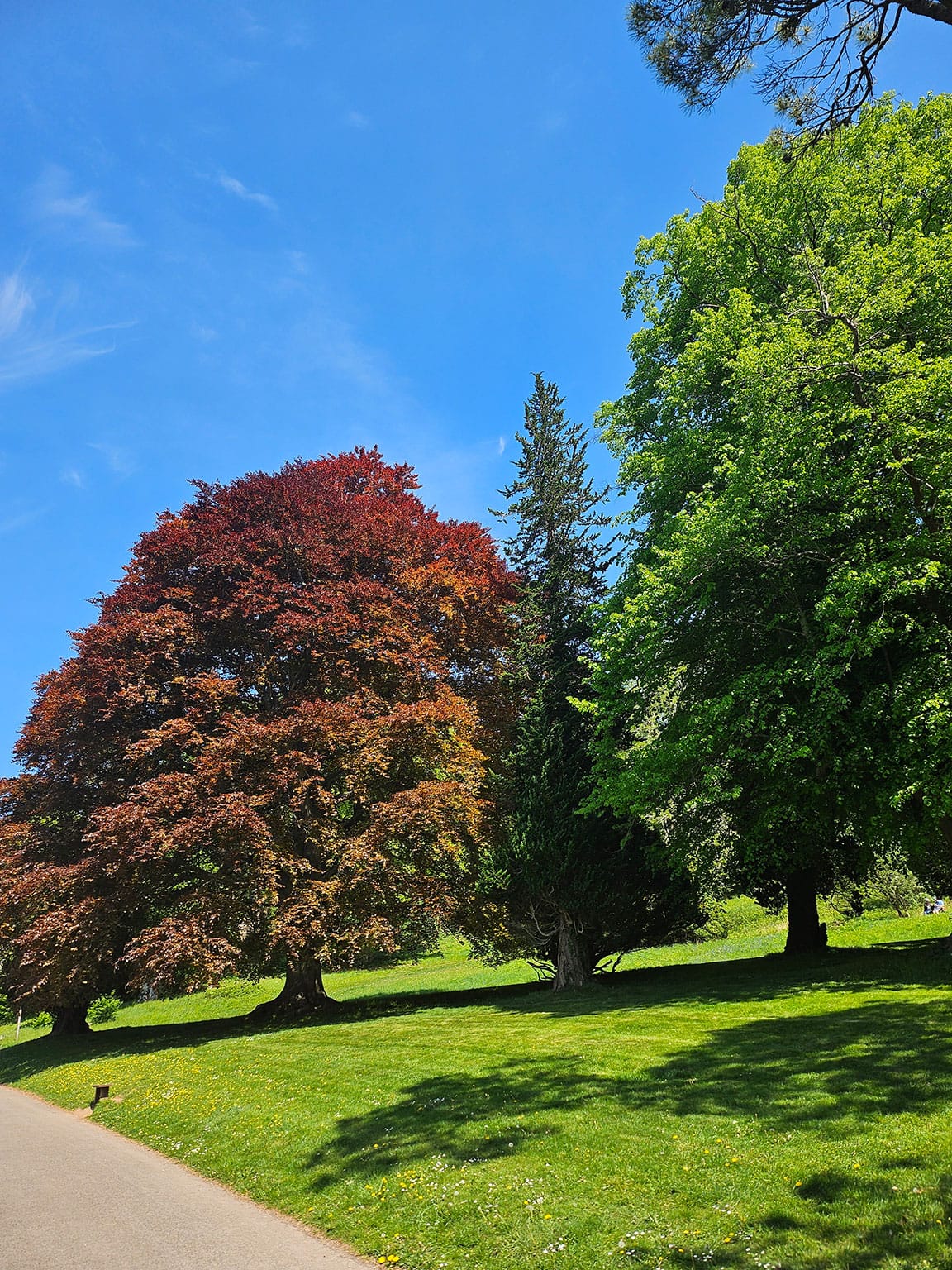
Natural beauties
The gardens at Tyntesfield are as thoughtfully designed as the house itself. Covering 540 acres, they blend Victorian formality with naturalistic charm, including a rose garden, terraces, a restored kitchen garden, and a scenic arboretum. The planting reflects the Gibbs family's interest in botany and self-sufficiency, with walled gardens once supplying the household.
Meandering paths reveal seasonal displays and quiet woodland corners, inviting exploration and reflection alike. The gardens are integral to the estate’s character, revealing how the outdoors was curated to complement the spiritual and aesthetic vision inside the house.
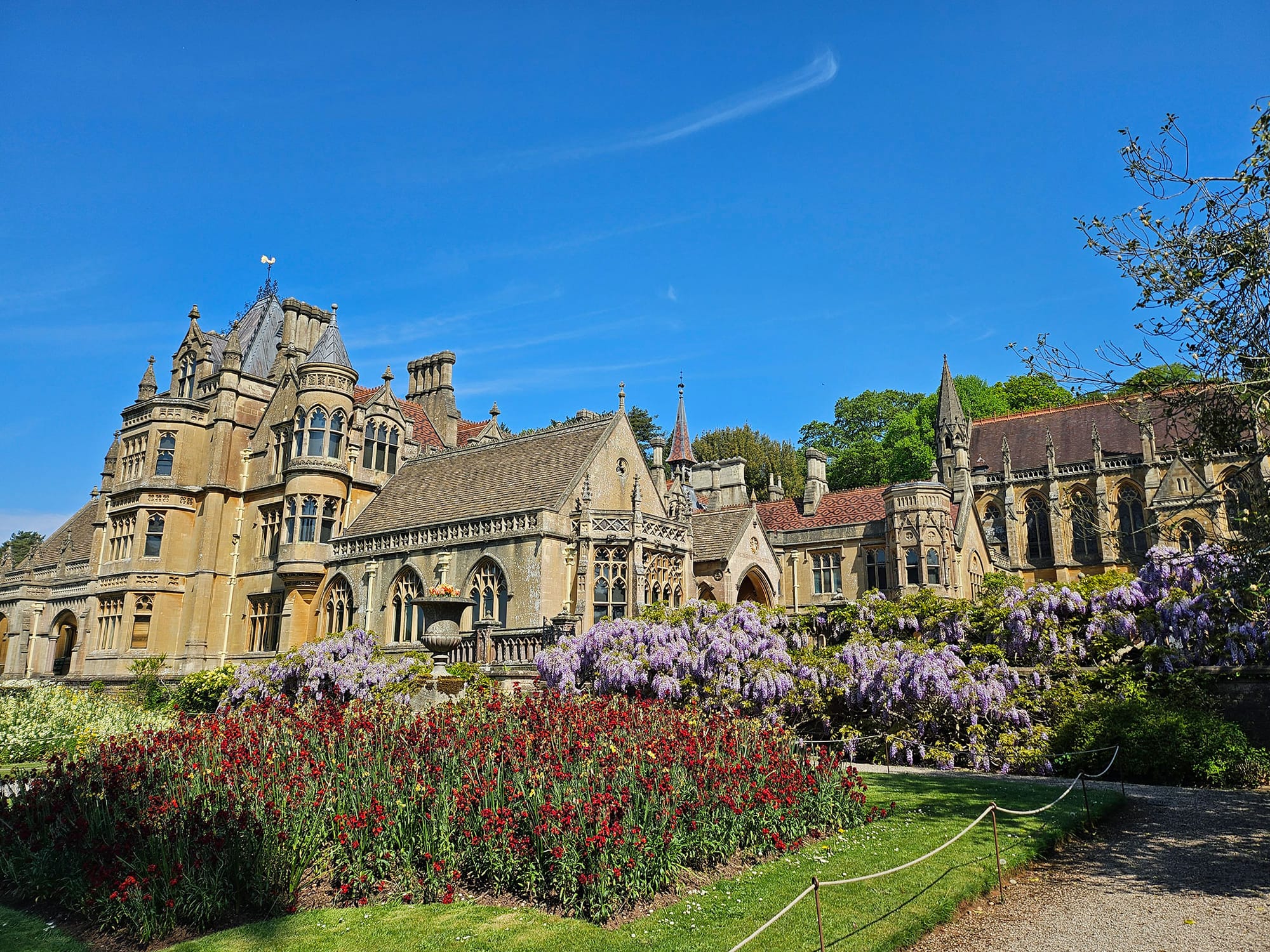
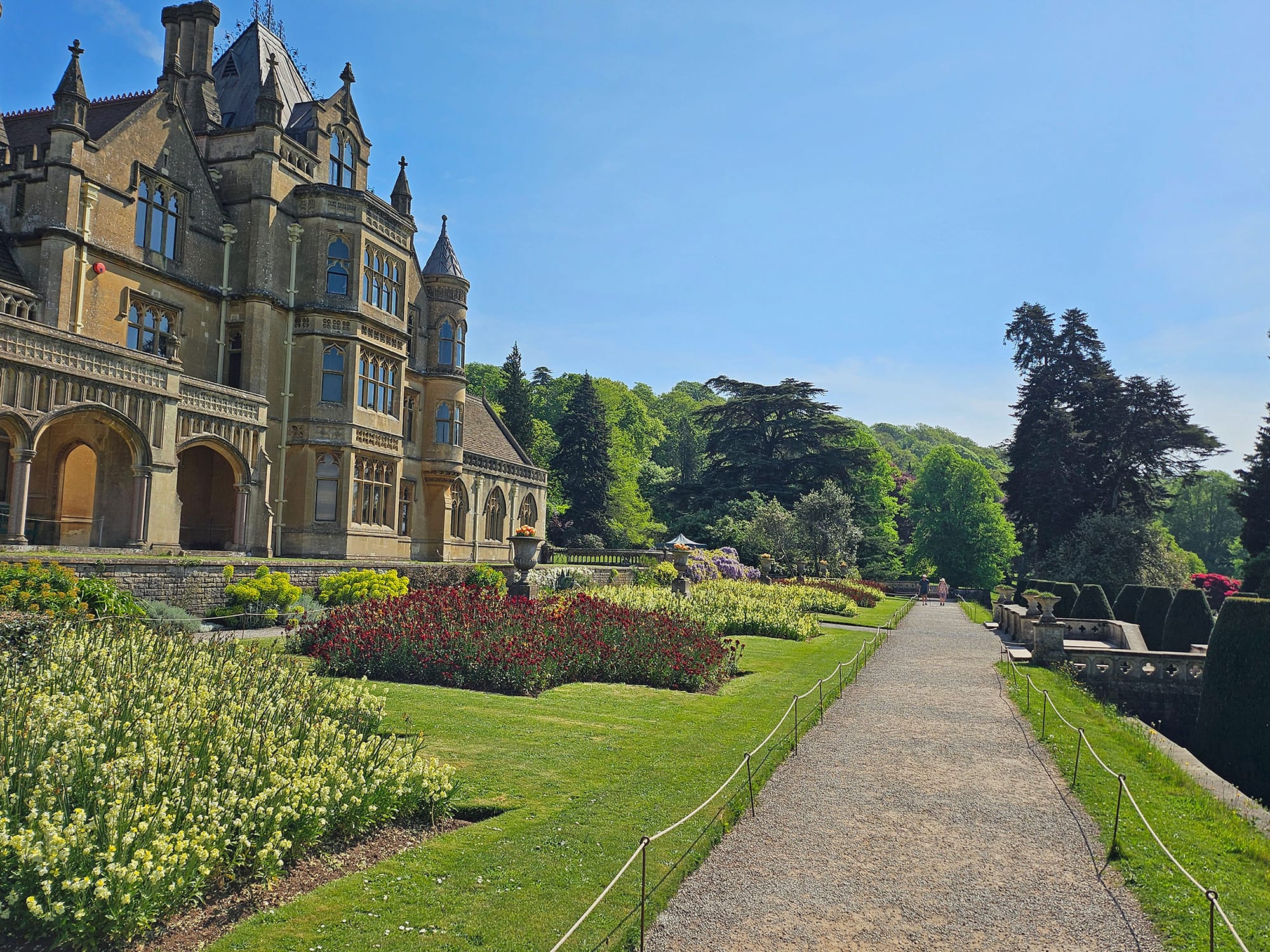
Seasonal blooms offer colour, texture, and fragrance throughout the grounds
The house remained in family hands until the death of Richard Gibbs, 2nd Baron Wraxall, in 2001. In a remarkable act of preservation, the National Trust purchased the estate in 2002, safeguarding its legacy for the nation.
Today, Tyntesfield stands as a testament not only to Victorian architectural and social ideals but also to the complex global networks that underpinned them.
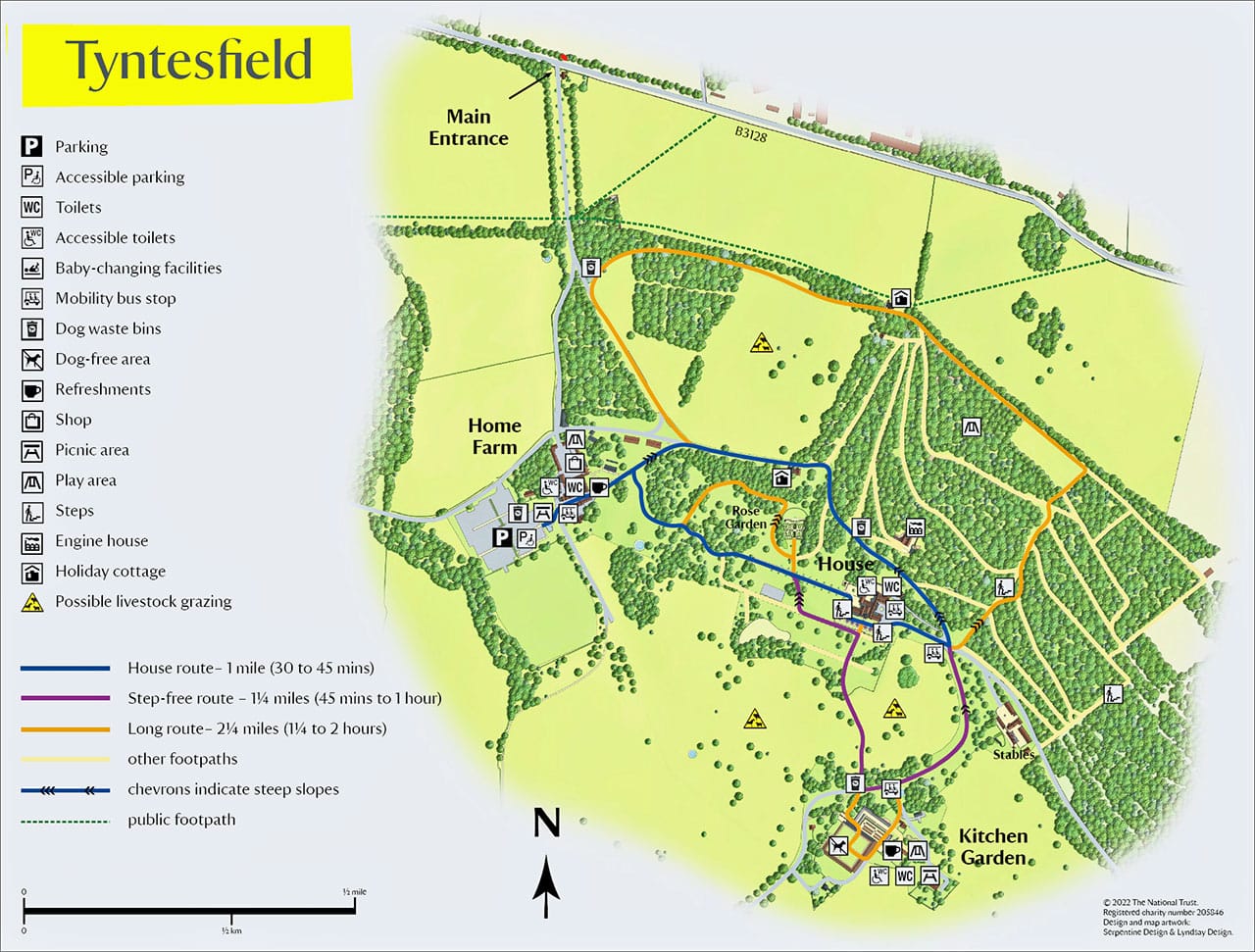
Walking through Tyntesfield, it’s easy to be captivated by the craftsmanship and care ingrained in every corner. It’s a place where history, horticulture, and human ambition meet in striking harmony.
The grandeur of the house and serenity of the grounds offer visitors a glimpse into a bygone era shaped by trade, piety, and the ambitions of one remarkable family.
Additional Reading:


